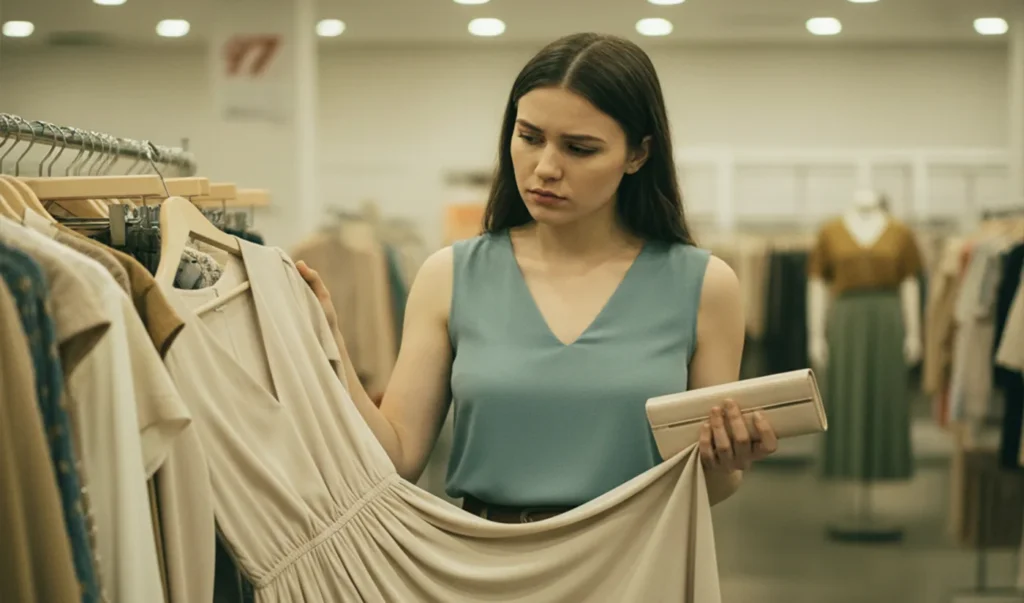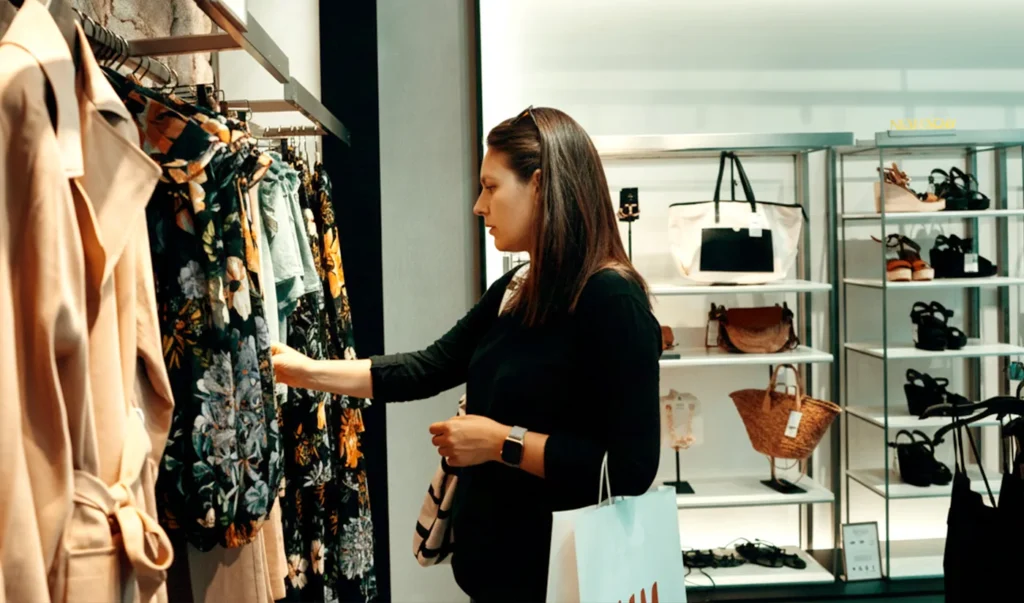We’ve all fallen for it. That midnight scroll through an online store, spotting the “perfect” dress, clicking add to cart—and then feeling that sinking disappointment when the package arrives. The fabric is flimsy, the zipper sticks, the color isn’t quite right. Suddenly the bargain doesn’t feel like such a win.
The truth is, online shopping will always carry some risk. Photos can be edited. Descriptions can leave out the important details. Prices can be misleading. But it doesn’t have to feel like a gamble every single time. With a little practice, you can train yourself to spot the signs of real quality—before you ever click buy now.
Here’s how.
1. Reading Between the Lines
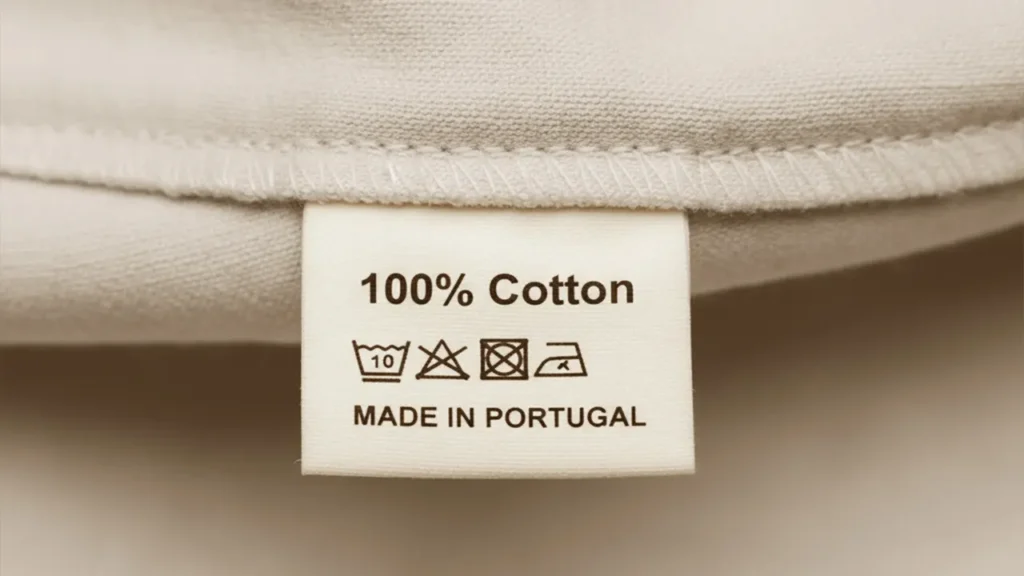
The product description is often your first clue. Sure, some of it is just marketing fluff (“premium,” “luxury,” “buttery soft”). But if you read closely, you’ll notice whether the brand actually gives you useful information.
A thoughtful listing tells you fabric composition—like “100% cotton” or “cotton poplin.” It might mention weight or weave, too, which means they cared enough to be specific. On the flip side, a vague description that says only “mixed materials” or “polyester blend” without details? That’s worth pausing over.
Think of it like dating. If someone only talks in generalities and won’t tell you much about themselves, that’s not a great sign. Clothes are the same way—if the brand is being vague, it may be hiding something.
2. Looking Closely at the Photos
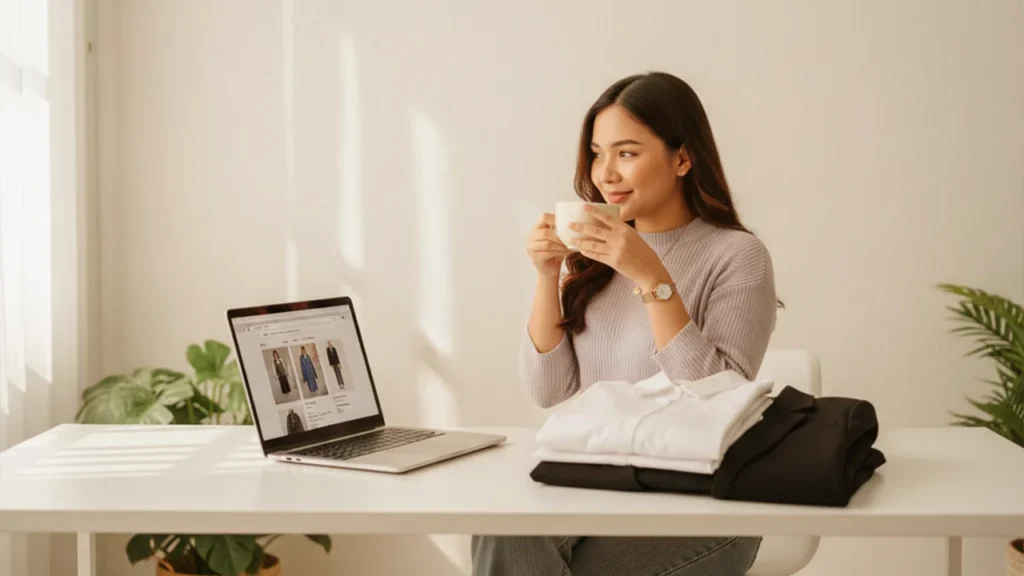
Photos are designed to make you fall in love, but they can also give away secrets. Zoom in whenever you can. Do the seams look neat and straight? Do the buttons actually look secure, or like they’re barely hanging on?
Another red flag: heavy editing. If the same shirt looks bright blue in one photo and dull navy in another, the brand may be glossing over flaws. That’s why I also check for “real life” shots. Flat lays or model-off-duty photos tend to be more honest than those perfectly lit studio images.
A good rule of thumb: if the brand avoids close-ups altogether, ask yourself why they don’t want you to see the details.
3. Trusting the People Who’ve Already Bought It
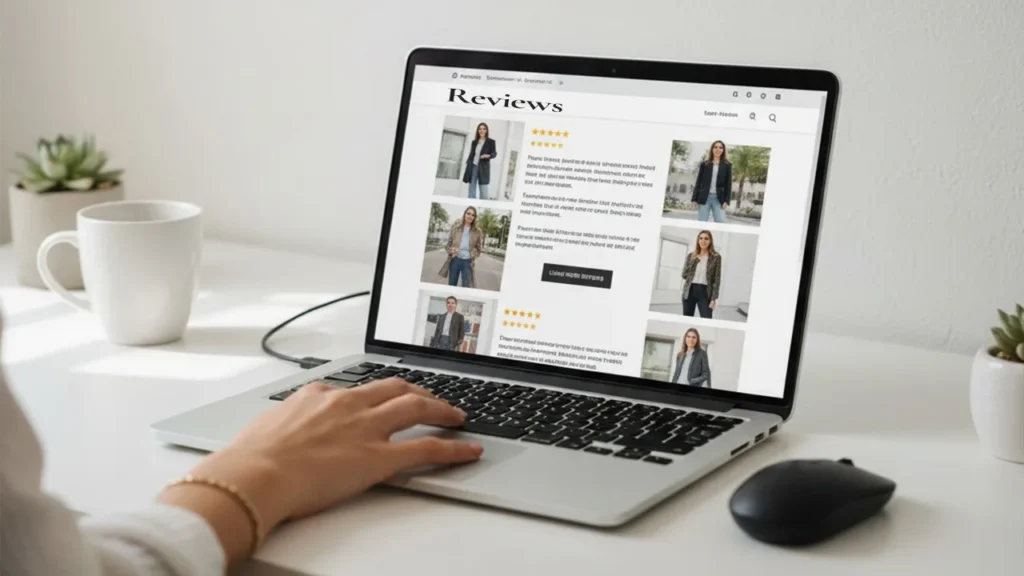
If product descriptions are the brand’s story, reviews are the unfiltered truth. And they’re pure gold when you’re shopping online.
One negative review? That happens. But ten people saying the same thing—“the fabric is thin,” “it shrinks in the wash,” “buttons fell off after one wear”—that’s a pattern you should pay attention to.
Even better: buyer photos. They don’t come with filters or perfect lighting, and that’s exactly what makes them valuable. You’ll see how the clothes drape, how the fabric behaves, and whether the color is actually what you thought you were ordering.
4. Decoding Price vs. Quality
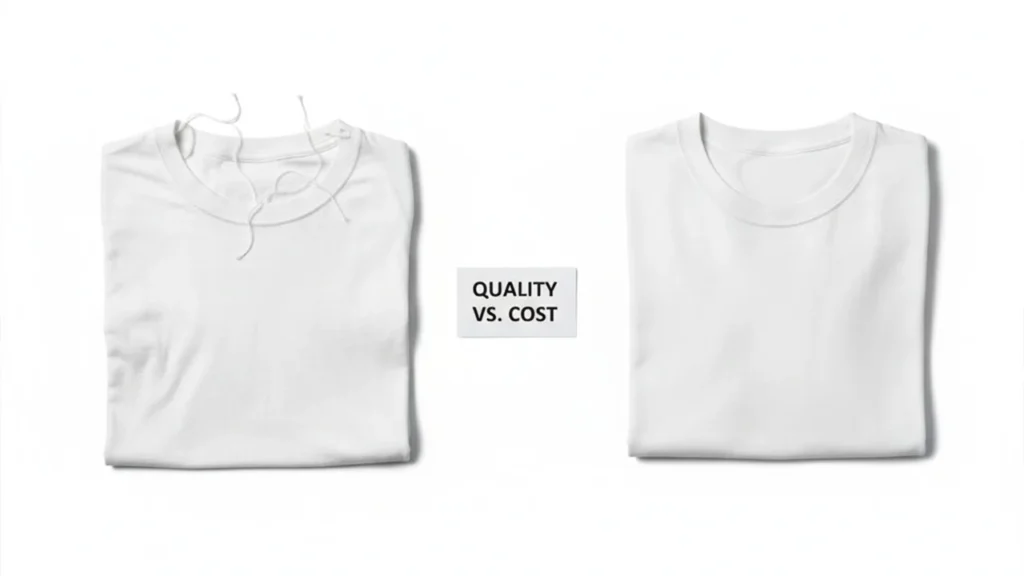
Price can be tricky. Sometimes too-low prices are a dead giveaway (a blazer that costs less than a basic t-shirt is almost certainly cutting corners). But sky-high prices aren’t always reliable either—sometimes you’re paying more for the label than the workmanship.
In my experience, the sweet spot is usually in the middle. Not the cheapest option, not the most expensive, but the one where materials and construction actually justify the price tag.
It’s not just about how much you’re paying—it’s about how long the piece will last you.
5. Doing a Little Brand Homework

The brands that really care about quality tend to be transparent about it. They’ll talk about where their clothes are made, what fabrics they use, or how they’re trying to be more sustainable.
If you notice that a brand shares nothing about its process, or worse, feels inconsistent across customer reviews, that’s worth considering before you spend.
And if they’re proud of their craftsmanship, they’ll make sure you know it.
6. Protecting Yourself Before You Buy
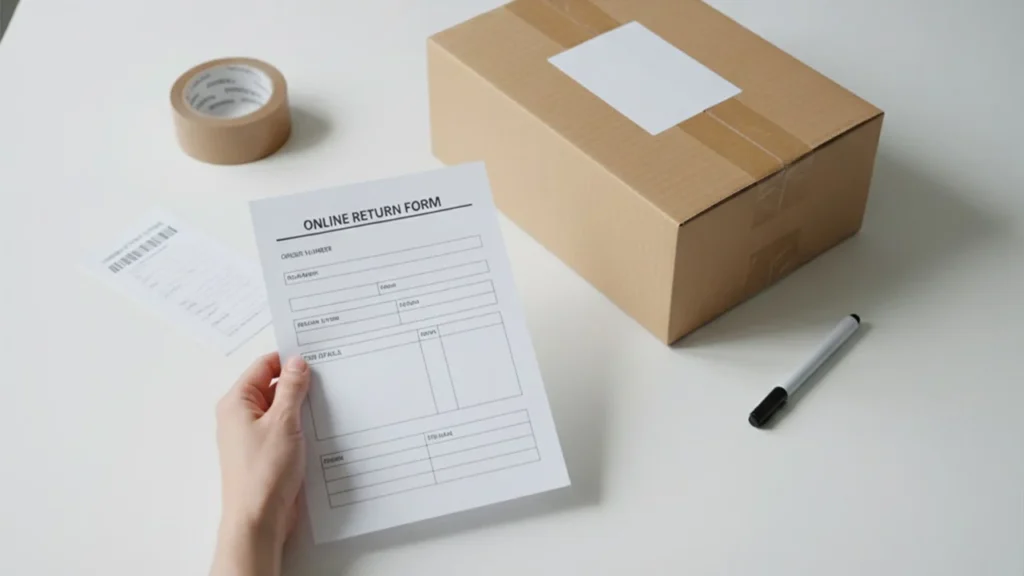
Even the savviest shoppers make a miss sometimes. That’s why it’s important to check return policies before you commit. A confident brand usually makes returns simple, because they know most customers will be happy with the product.
Another trick? Start small. If you’re curious about a new brand, order one piece before investing in more. It’s a low-risk way to test whether their clothes live up to the pictures.
Why It All Matters
Every online purchase isn’t just about what shows up at your door—it’s about your time, your money, and your confidence. Cheaply made clothes don’t just frustrate you; they also clutter your closet and add to the cycle of waste.
But when you start spotting the signs of real quality, you buy less but better. Your wardrobe feels stronger, your wallet thanks you, and you’re not constantly stuck with buyer’s remorse.
The best part? Shopping becomes fun again—not a gamble, but a skill you’ve learned to master.

Find The Perfect Look!
Discover Stylish, Quality Clothing That Elevates Your Everyday Style

About the author
Meredith M. is a Senior Business Analyst in Metro Manila who spent over a decade as an accountant before switching careers. She loves singing with her band, exploring coffee shops with her business partner, and stress-testing her phone screen with endless fashion scrolling. Through this blog, she shares her love for fashion to empower women to express themselves with style, confidence, and authenticity.


